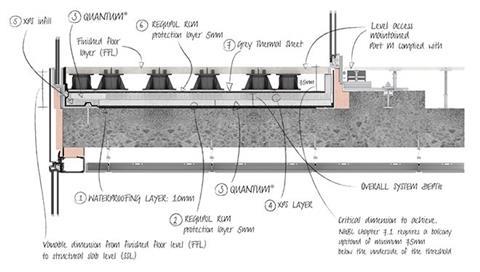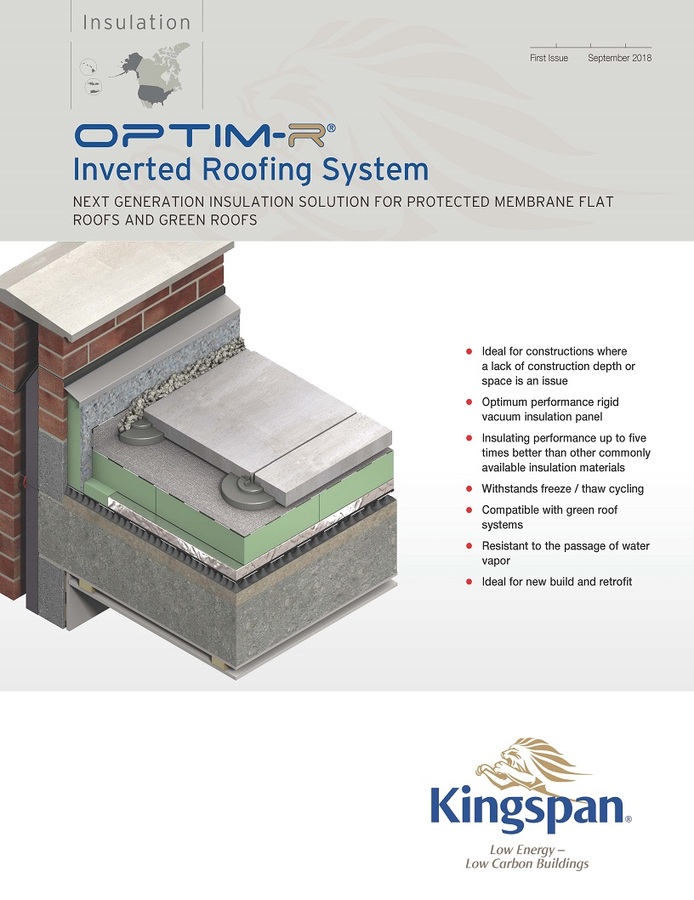Inverted Roof Insulation Thickness

The calculation is based on an inverted roof construction of 150mm reinforced concrete deck hot melt waterproofing jablite inverted roof insulation jablite filter membrane drainage factor ƒ.
Inverted roof insulation thickness. Inverted roof designing buildings wiki share your construction industry knowledge. An inverted roof also referred to as a protected membrane or upside down roof is form of flat roof in which the waterproofing layer is beneath the thermal insulation rather than above it. Benefits of inverted roofs. Condensation the inverted roof construction can greatly reduce the.
Inverted roofs are a type of warm flat roof where the insulation is above the waterproofing layer. The table below shows average thickness of jablite inverted roof insulation range required to achieve u values from 0 25 w m k down to 0 10 w m k. Insulation thickness in order to meet bs en iso 6946. However this increase can be substantially reduced by using the roofmate mink system which helps to minimise the heat loss due to rainwater cooling and therefore the amount of insulation required.
The table below shows thickness of jablite inverted roof insulation range required to achieve u values from 0 25 w m k down to 0 10 w m k. The great benefit of inverted roofs is that the insulation protects the membrane from extremes of weather such as frost uv exposure and the expansion and contraction that comes about from summer winter temperature cycles which can be as much as 80 c on some roofs. The calculation is based on an inverted roof construction of 150mm reinforced concrete deck hot melt waterproofing jablite inverted roof insulation jablite filter membrane drainage factor ƒ x 0 001 and average rate of precipitation p 3 000 mm day.














































